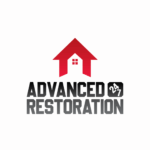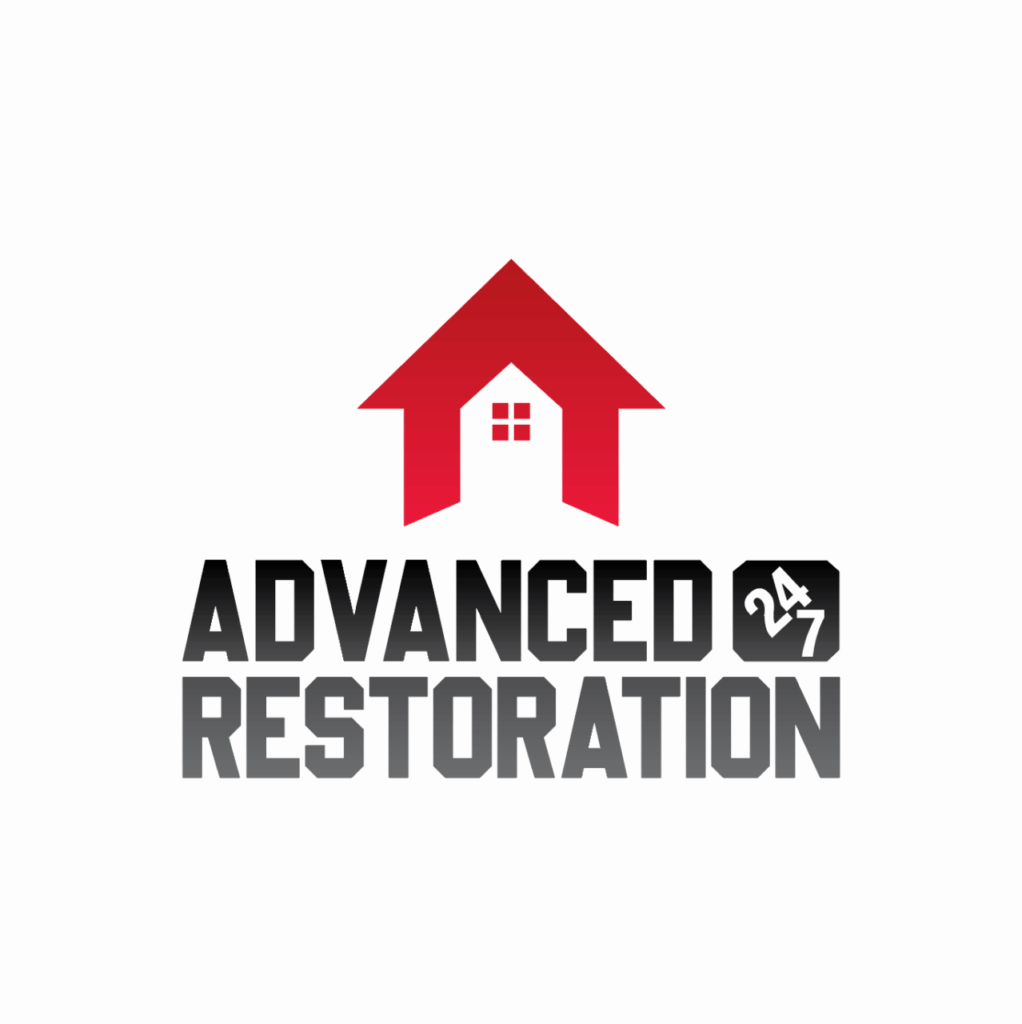You are stepping into a potential minefield of disease and contamination regarding sewage cleanup. It’s like navigating through treacherous waters, trying to minimize the risk of getting sick. But fear not, for there are five best ways to act as your guiding compass, ensuring your safety and well-being.
These methods will equip you with the necessary tools and knowledge to tackle the task, protecting you from the hidden dangers that lurk beneath the surface. So, let’s dive in and discover how to safeguard yourself while minimizing the disease risk in sewage cleanup.
Personal Protective Equipment (PPE)
Wear appropriate Personal Protective Equipment (PPE) to minimize disease risk during sewage cleanup. PPE selection is crucial in ensuring your safety and preventing the spread of harmful pathogens. When choosing PPE for sewage cleanup, consider the level of protection required. For instance, a disposable coverall with a hood, gloves, and boots can shield you from potential exposure to sewage-borne diseases.
It is important to maintain your PPE properly to ensure its effectiveness. After each use, carefully remove and dispose of contaminated PPE. If the PPE is reusable, clean it thoroughly before storage. Follow the manufacturer’s instructions for cleaning and decontamination. Regularly inspect your PPE for any wear or damage, and replace it as needed. Remember, a well-maintained PPE is your first line of defense against infectious agents.
Additionally, wearing PPE correctly is crucial to maximize its protective capabilities. Make sure that your PPE fits comfortably and securely, allowing unrestricted movement. The coverall should be zipped up completely, and the hood should cover your head and neck properly. Gloves should fit snugly and extend over the wrists, while boots should protect your feet adequately. Properly donning and doffing your PPE is equally important to prevent contamination.
Proper Disinfection Techniques
Appropriate disinfection techniques are essential for effectively minimizing disease risk during sewage cleanup. Proper disinfection ensures that residual contamination is eliminated and the affected area is safe for use again. When choosing cleaning solutions, it is important to select those specifically designed for sewage cleanup, as they are formulated to kill harmful pathogens commonly found in sewage.
To help you understand the importance of proper disinfection techniques, here is a table highlighting the effectiveness of different cleaning solutions:
| Cleaning Solution | Effectiveness Against Pathogens | Safety for Use |
|---|---|---|
| Bleach | High | Moderate |
| Hydrogen Peroxide | Moderate | High |
| Quaternary Ammonium | High | High |
| Phenolic Disinfectants | High | Low |
As you can see, bleach and quaternary ammonium-based disinfectants are highly effective against pathogens but may pose safety concerns. On the other hand, hydrogen peroxide-based disinfectants offer moderate effectiveness while ensuring high safety for use. Phenolic disinfectants are highly effective but may have a lower safety rating due to their potential toxicity.
Always follow the manufacturer’s instructions for proper dilution and application when using cleaning solutions. Additionally, remember to wear appropriate personal protective equipment (PPE) like gloves and goggles to minimize the risk of exposure to harmful pathogens.
Effective Waste Disposal Methods
One crucial aspect to consider when effectively minimizing disease risk during sewage cleanup is implementing effective waste disposal methods. Proper waste management strategies and eco-friendly disposal techniques play a vital role in ensuring the safety of both the environment and the community. Adopting these practices can contribute to a cleaner and healthier living environment.
To begin with, one of the most important waste management strategies is to separate different types of waste for appropriate disposal. Segregating sewage waste from solid waste and hazardous materials can prevent cross-contamination and minimize the risk of spreading diseases. Ensure that each type of waste is disposed of correctly, following local regulations and guidelines.
Eco-friendly disposal techniques are also key in minimizing disease risk. Instead of simply dumping sewage waste into landfills or bodies of water, consider alternative methods such as composting or anaerobic digestion. These techniques help to break down the waste, reduce harmful pathogens, and generate useful byproducts like fertilizer or biogas.
Furthermore, using proper protective gear and equipment is essential when handling and disposing of sewage waste. This includes wearing gloves, masks, and other protective clothing to prevent direct contact with the waste and potential contamination. Additionally, make sure to clean and sanitize all equipment and tools after use to avoid the spread of diseases.
Lastly, educating and raising community awareness about the importance of proper waste disposal is crucial. Encourage everyone to follow waste management guidelines and provide information on the potential risks of improper disposal. We can ensure a safer and healthier environment for all by working together and fostering a sense of belonging.
Safe Handling and Transportation
Properly handling and transporting sewage waste is crucial for minimizing disease risk and ensuring the safety of both workers and the surrounding community. It’s important to follow safe transportation methods and employ proper handling techniques to achieve this. Here are four key practices to ensure the safe handling and transportation of sewage waste:
- Personal Protective Equipment (PPE): Always wear the appropriate PPE, such as gloves, goggles, and masks, to protect yourself from potential pathogens and harmful chemicals present in sewage waste. This will help minimize direct contact and reduce the risk of infection.
- Secure Packaging: Use leak-proof and sturdy containers to transport sewage waste. Ensure all containers are tightly sealed to prevent spills or leaks during transportation. This will help contain the waste and minimize the risk of contamination.
- Proper Labeling: Clearly label all containers with information such as ‘biohazard’ or ‘sewage waste’ to alert others about the potential hazards. This is important for the safety of workers involved in handling and transporting the waste and for emergency responders who might come into contact with it.
- Adequate Ventilation: Ensure proper ventilation during transportation to minimize the build-up of potentially harmful gases and odors. Open windows or use vehicle ventilation systems to maintain a safe and breathable environment.
Regular Health Monitoring
To ensure the ongoing safety of workers and the surrounding community, it is essential to regularly monitor their health during sewage cleanup operations. Health screenings and preventive measures play a crucial role in minimizing the risk of disease transmission and ensuring the well-being of everyone involved.
Regular health screenings are vital in identifying potential health issues early on. By conducting periodic check-ups, workers can be monitored for any signs of illness or infection that may have been contracted during the cleanup process. These screenings can include physical examinations, blood tests, and other diagnostic procedures to detect any abnormalities or symptoms of diseases that may have been transmitted through contact with sewage.
In addition to health screenings, preventive measures should also be implemented to minimize the risk of disease transmission. This can include providing workers with personal protective equipment (PPE) such as gloves, masks, and coveralls to reduce direct contact with hazardous materials. Proper hygiene practices, such as frequent hand washing and sanitizing, should be emphasized and encouraged among workers to prevent the spread of pathogens.
To give you a clearer idea of the importance of regular health monitoring and the preventive measures that should be taken, let’s take a look at the following table:
| Health Screenings | Preventive Measures |
|---|---|
| Regular check-ups to detect early signs of illness | Providing workers with personal protective equipment |
| Blood tests to identify any abnormalities or infections | Emphasizing proper hygiene practices |
| Diagnostic procedures to detect symptoms of diseases | Encouraging frequent hand washing and sanitizing |
Summary
You can ensure your safety and well-being by following these 5 best ways to minimize disease risk in sewage cleanup.
- Embrace the power of Personal Protective Equipment.
- Master the art of proper disinfection techniques.
- Adopt effective waste disposal methods.
- Handle and transport with care.
- Monitor your health regularly.
By doing so, you’ll triumph over the horrifying dangers lurking in sewage and emerge as the fearless champion of cleanliness and health.
Advanced 24/7 Restoration’s mission is to provide unparalleled care and support to our valued clients. Delivering the best solutions for your property restoration needs. Our vision is to be the top-rated damage restoration company in Denver, known for our exceptional services, professionalism, and dedication to customer satisfaction. Water damage, fire damage, flood damage, and more.
- This author does not have any more posts


